One of my main goals for 2018 was to finish a 100 kilometer trail race. I knew if I were to have any realistic aspirations of completing a 100-miler someday, the 100k distance would be a major and necessary stepping stone. And no local Colorado race seemed to fit the bill better than the Never Summer 100k up near Cameron Pass.
This year was the race’s 4th running, and as the years have passed it has continued to garner more attention and fill up earlier. And for good reason – the course is challenging and spectacular – “a mountain race in the truest sense of the term, with extended periods of high alpine ridge running, two alpine peaks, and five alpine lakes visited along the way”. Racking up 64 miles and over 13,000 ft of elevation gain through the Never Summer and Medicine Bow Mountains, it’s considered one of the tougher 100k races out there.
The low snow year made it easier to stay focused on training throughout April and May. Then it was on to the Dirty 30 and a ramp up at the San Juan Solstice, followed by a 5 week period where I tried my best to balance rest and recovery with some big days in the hills. Thankfully I managed to make it through to race day without any injuries, along with what I felt was a pretty solid level of fitness.
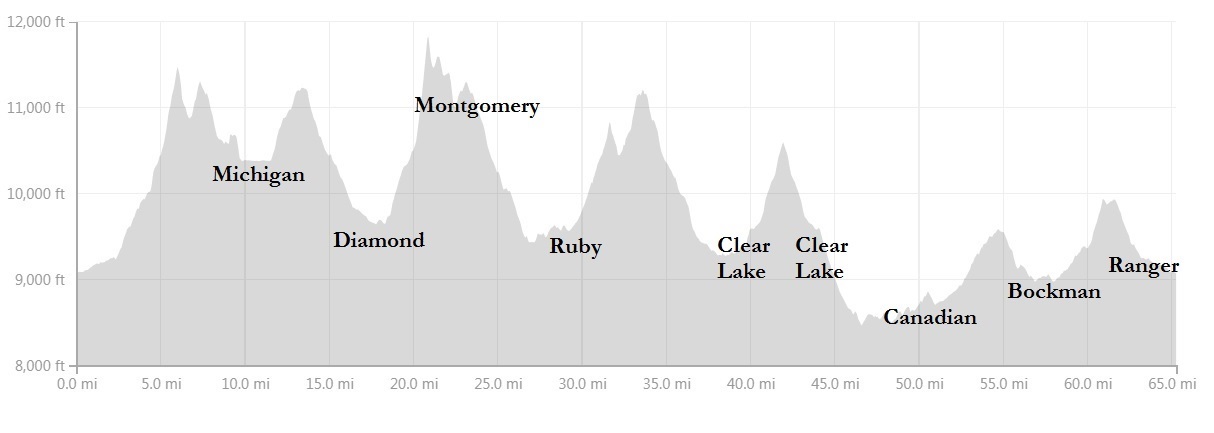
Course elevation profile with mileages and aid stations marked. The elevation gain is front-loaded with the two biggest climbs coming in the first half. Click to enlarge.
With a 5:30am start the race has a 24 hour cutoff. My primary goal for the day was of course to complete the race, with a secondary goal of crossing the finish line before sunset. That’d mean finishing somewhere around 15 hours, a time that seemed reasonable given my finish at the SJS. But when it comes to big days like this you just never really know.
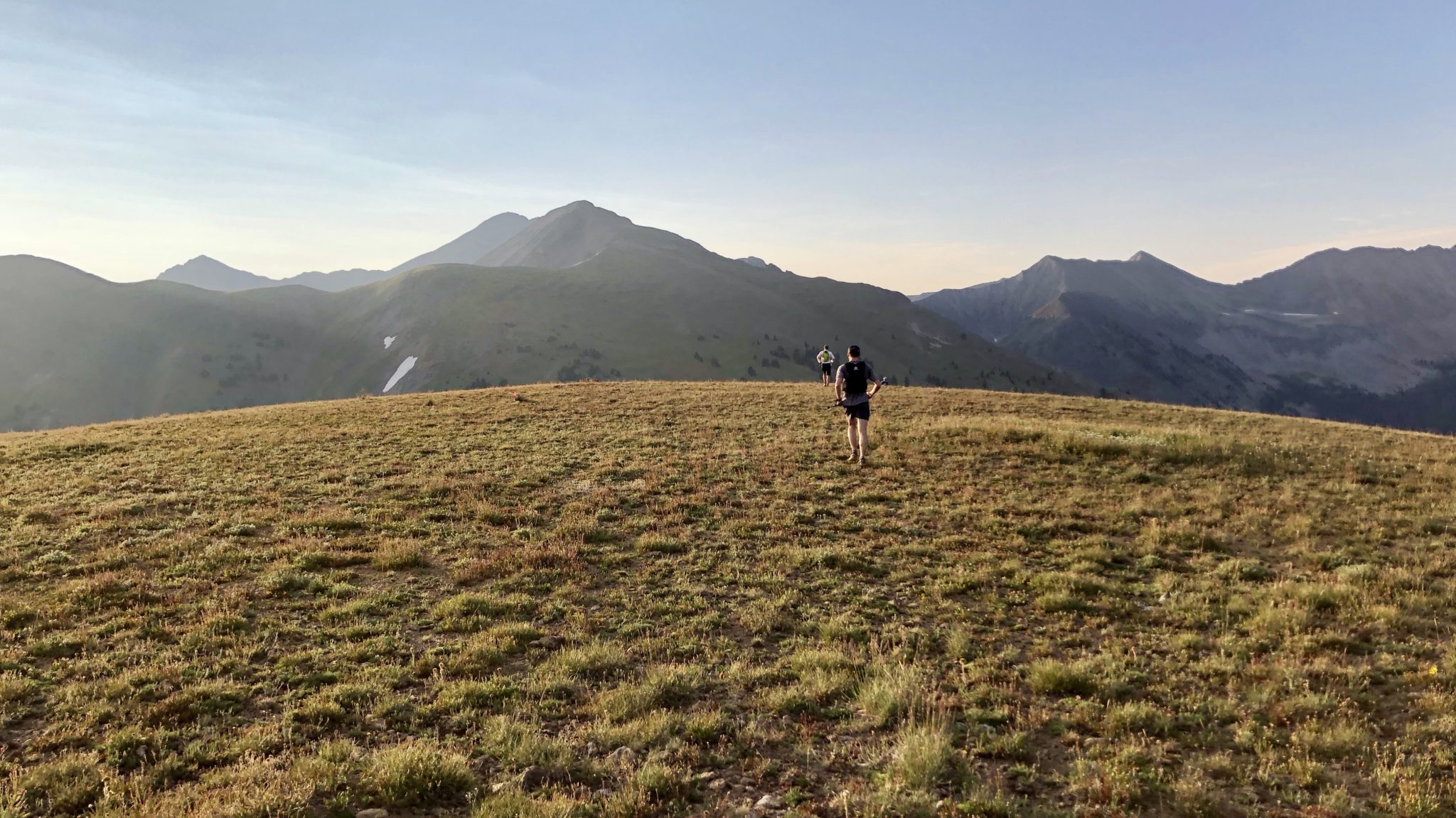
Cresting the summit of Seven Utes Mountain on the south side of Cameron Pass.
The first 10 miles of the day felt routine. The course starts off with a long flat section before turning south for a fairly steep climb up Seven Utes Mountain (11,459 ft). Then a big drop down the other side leads to the iconic Lake Agnes with Mt. Mahler and Mt. Richthofen towering above. This is undoubtedly one of the most scenic sections of the entire course.
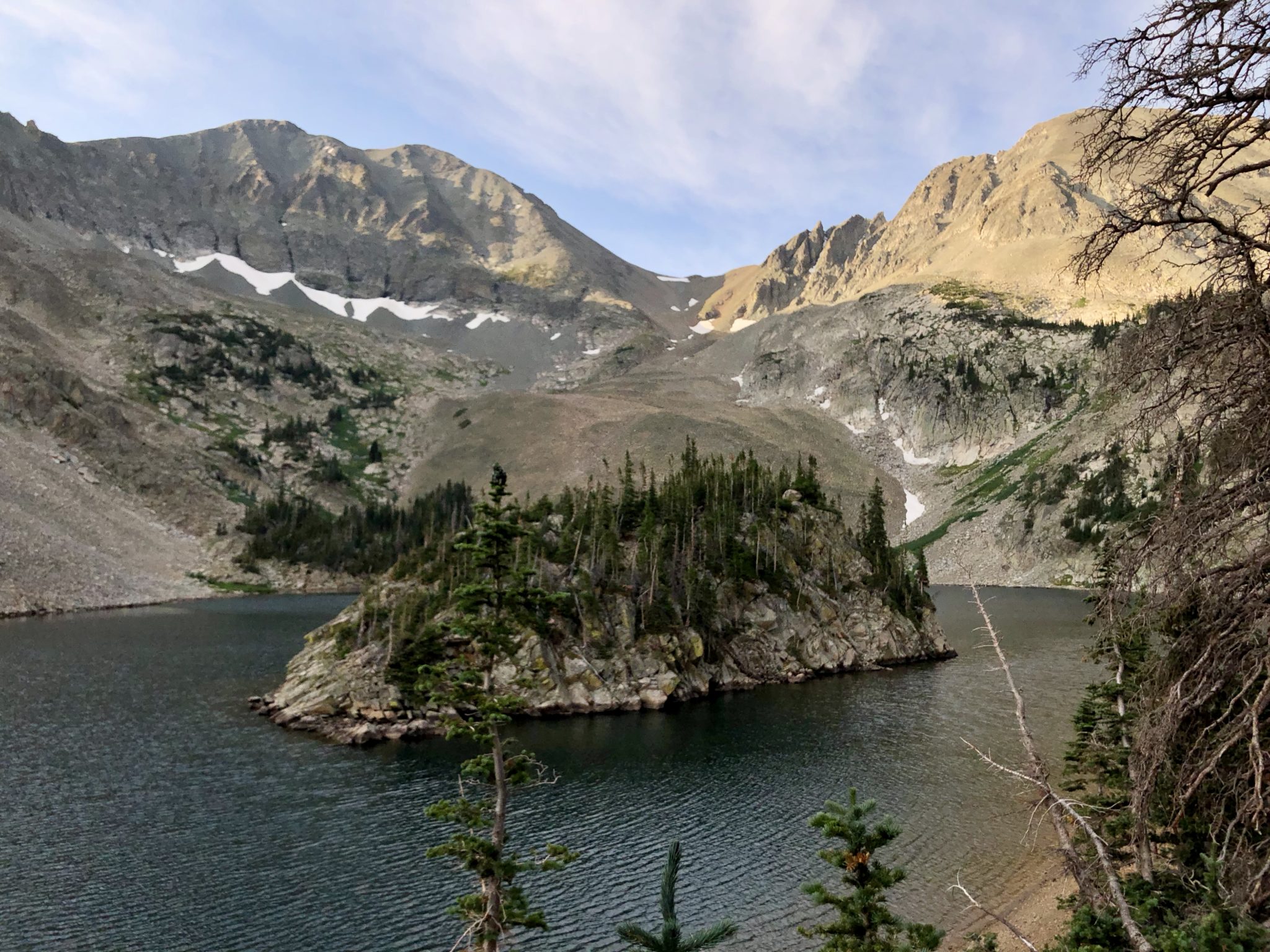
Lake Agnes. Though I had been here in the spring of ’14 to do some skiing in the area it was my first time seeing this place in summer.
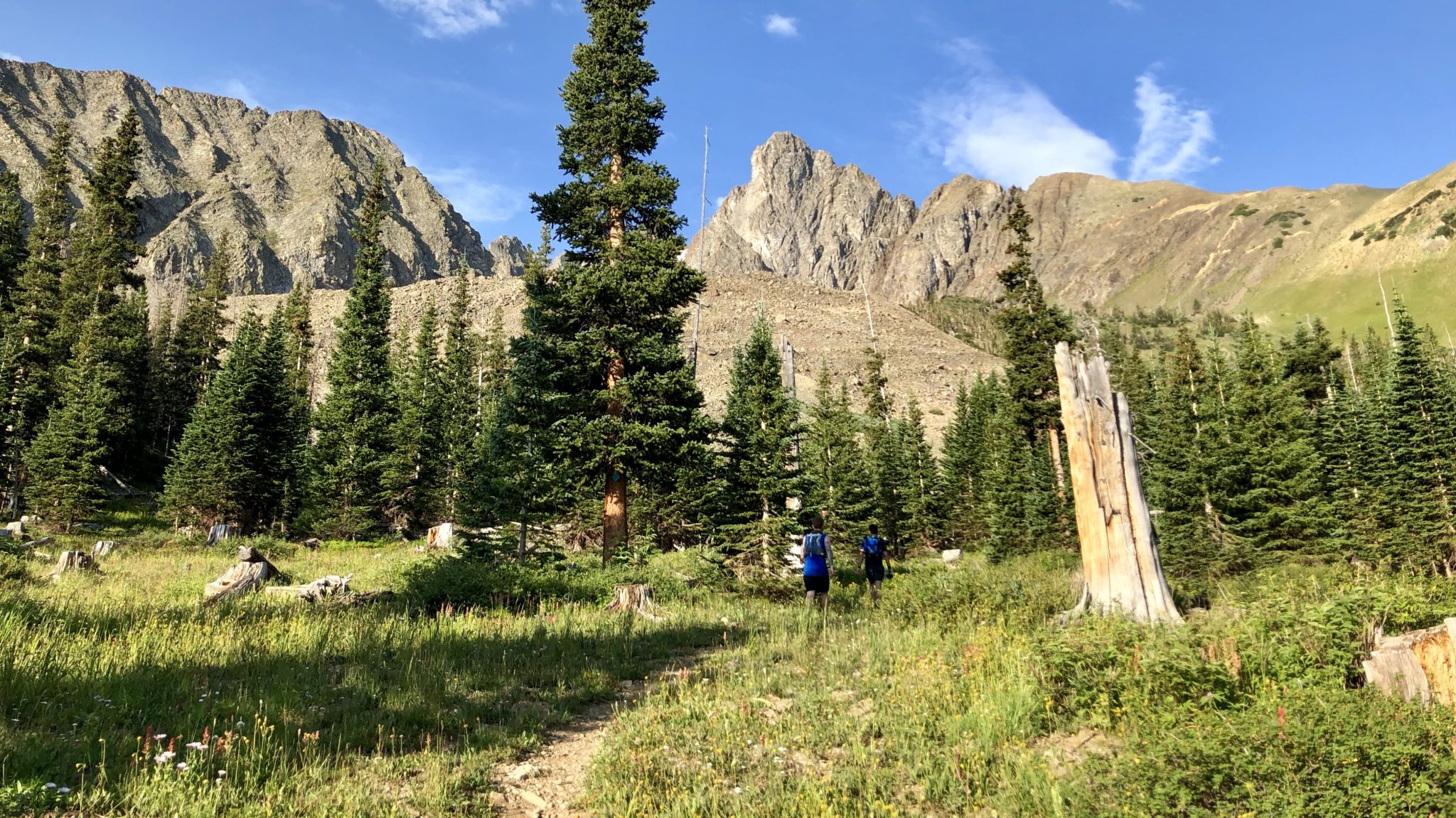
Past the Michigan Ditch aid, the course heads around the corner to American Lakes. Those are the Nokhu Crags in back. Click to enlarge.
Things continued to feel on track through the Diamond aid station at 17.2 miles. Next up was the biggest climb of the day to the top of Diamond Peak (11,852 ft), the high point of the course. Through this section I really felt all the hiking at altitude paid off big time, as I was able to set a good pace up the peak and didn’t need much of a break at the top before continuing out north along the ridge towards Montgomery Pass.
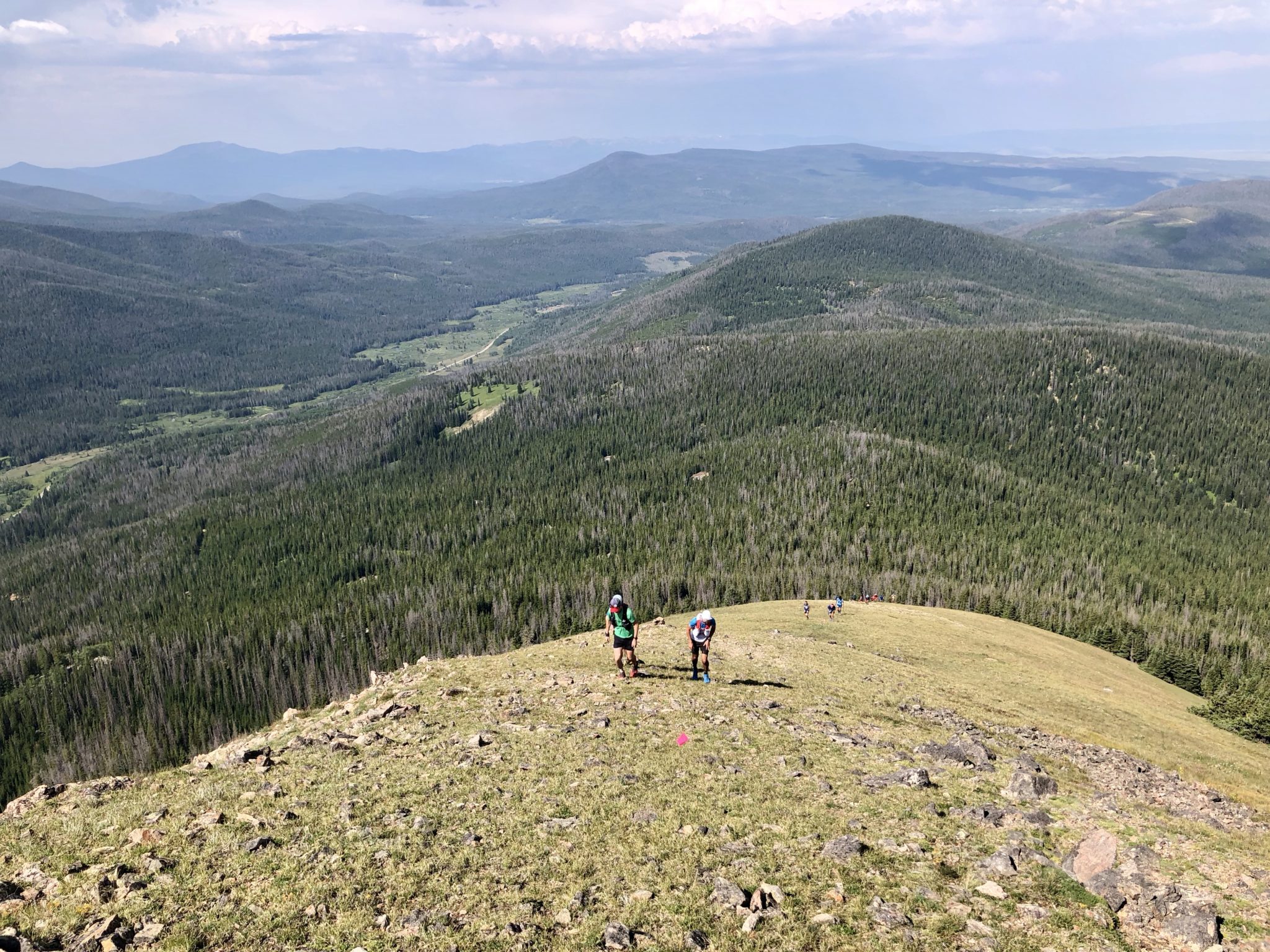
Looking down the steep west ridge of Diamond Peak from near the top.
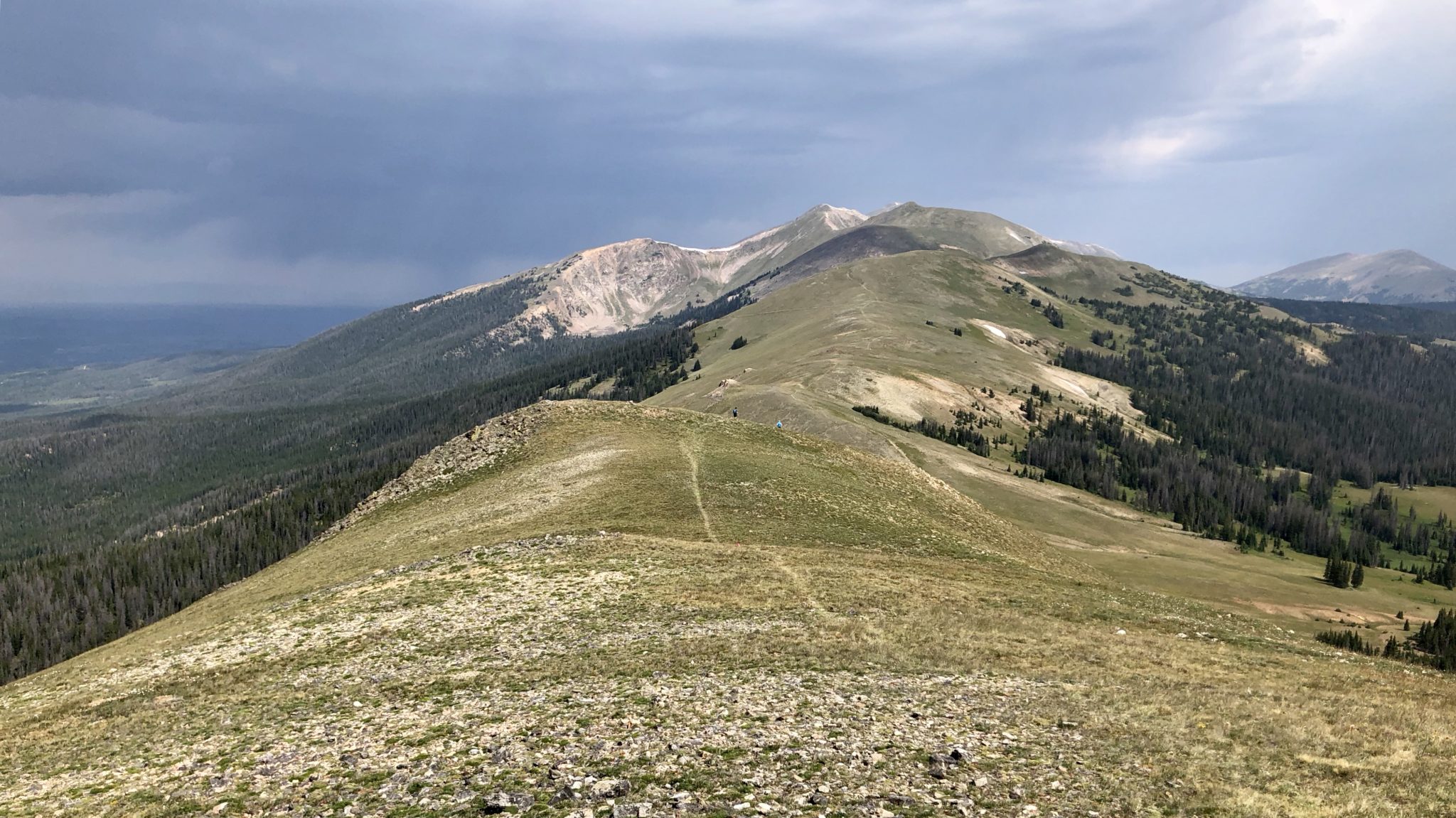
…and out across the ridge towards Montgomery Pass. This ridge marks the dividing line between Larimer and Jackson Counties. Click to enlarge.
About halfway out across the ridge the skies to the north were starting to look threatening. Wanting to get off the ridge sooner rather than later, I pushed the pace and made it to the pass just as the first crack of lightning filled the sky overhead. I high tailed it down the Yurt Trail to the Montgomery aid, grabbed a drink of Coke and took off down the road, happy to be below treeline.
The light rain overhead cooled things off and made the next 6 miles or so rather enjoyable. Here the course drops in elevation significantly before winding through a number of thick forests and open pastures to the west of the Medicine Bow range. The field had really spread out a lot by this point so I found myself alone with my thoughts for a long stretch of time. Eventually I made it to the Ruby Jewel aid where I was able to swap out my shoes for a pair of dry Hokas. I knew I had 10 miles to the next aid and a decent sized climb up through Hidden Valley, so I took a little extra time to make sure everything was in order before departing.
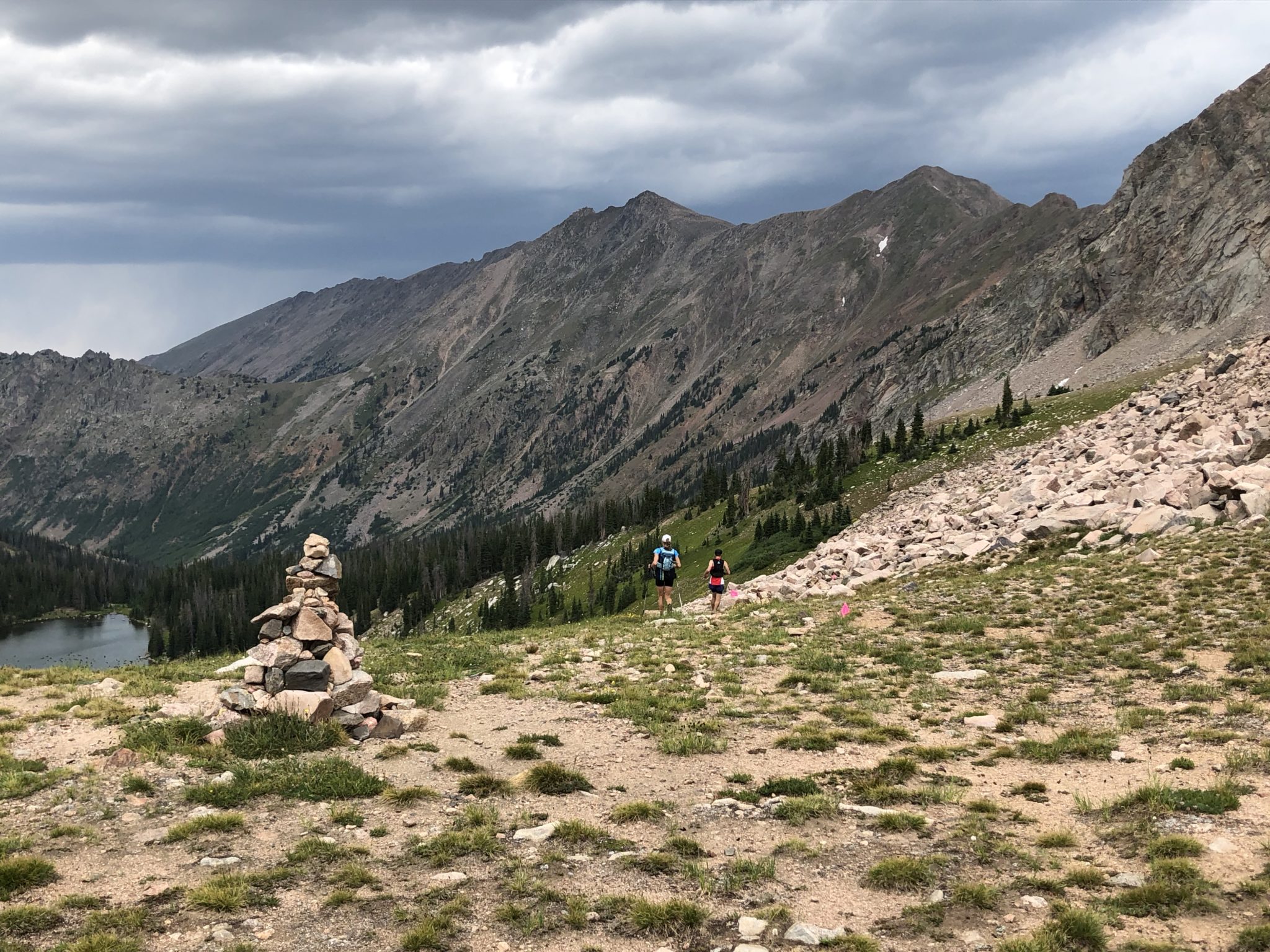
At the top of the pass in Hidden Valley, nearing Kelly Lake with dark clouds building in the distance.
The next 16 miles of the course were somewhat of a blur. After a hot climb in the sun, myself and two other runners crested the top of the pass in Hidden Valley to once again find threatening skies overhead as we ran down past Kelly Lake. A big descent led to some Jeep trails and eventually the Clear Lake aid. Pulling into that aid station probably marked the low-point of the race for me. Being 40 miles in with the last big climb ahead – an out and back to Clear Lake that racks up 1,300 ft of gain in 2 miles – and the end not really close enough to realistically contemplate, I took a little bit of a mental dive. But as is always the case, if you just keep putting one foot in front of the other eventually you’ll get somewhere. I did just that, and found myself back at the Clear Lake aid about an hour and 20 min later with the out and back over and done with.
Here’s where things got a little crazy. Those skies which had just been getting darker for the better part of 3 hours decided to finally unleash about 10 minutes after I left the Clear Lake aid. The rain hit hard, coming down in sheets with lightning directly overhead. I scrambled to get my rain shell on, which did essentially nothing for me (the downside of ultralight gear I suppose). Soaked and cold I did my best to just keep moving. The trails turned to mud and before long I was sliding all over the place with big clumps of wet clay stuck to my shoes. My pace slowed to a crawl and with all of this occurring around mile 47 of the race, it was a frustrating situation to say the least.
But then the rain stopped. The skies parted and the trails started to dry out. The adrenaline rush of the entire ordeal seemed to give me a bit of a reset. I coasted into the Canadian aid station at 5:23pm and met up with my buddy Dave (Zambo) who had graciously driven up from Denver to pace me the final 14 miles.
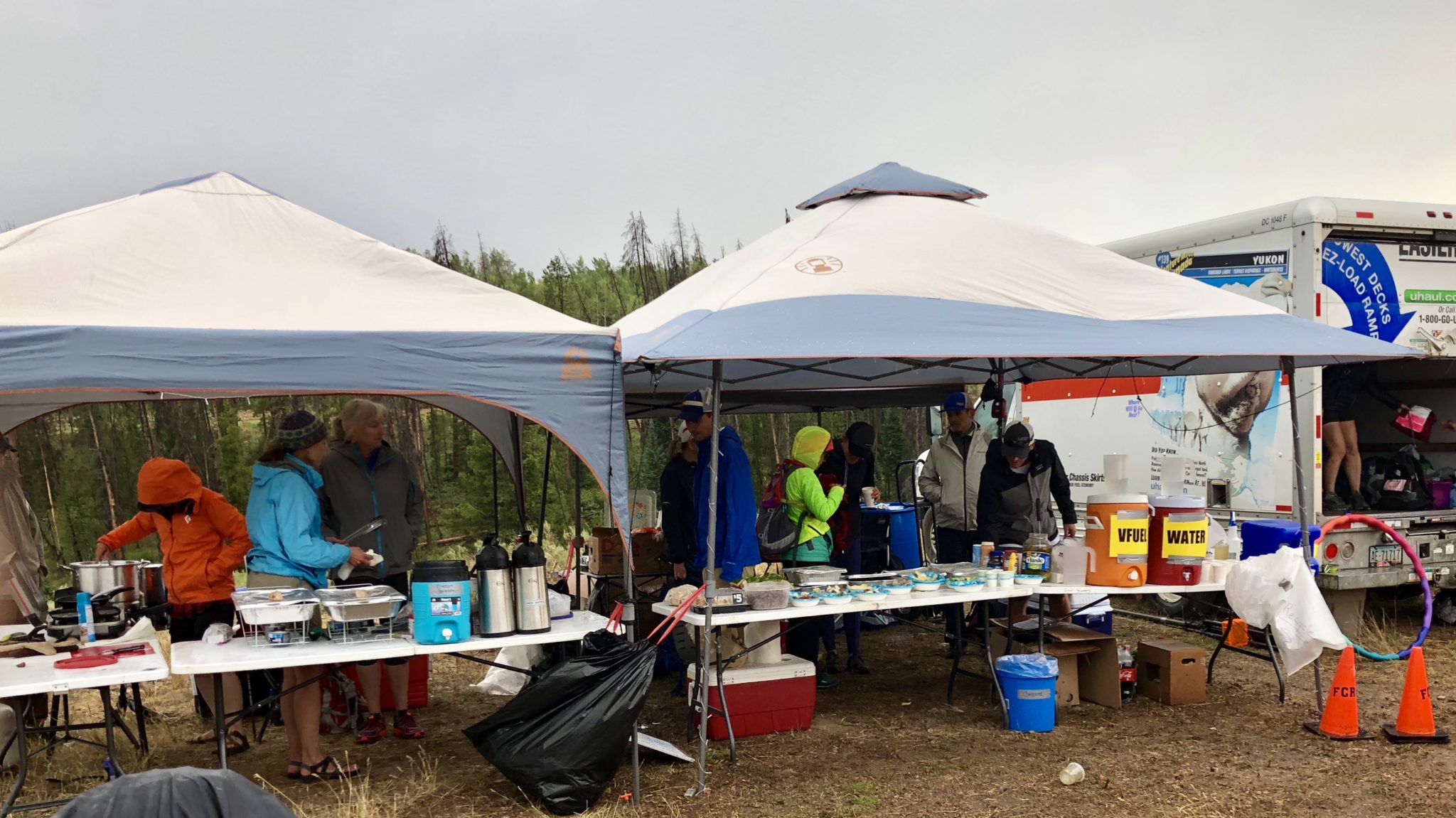
Canadian aid station during the storm. Photo by Zambo.
Having Zambo along provided a huge boost. He kept bugging me to eat and drink, take salt, helped me with pace and strategy for the remaining aid stations, and kept my mind occupied with the long version of his recent climbing trip to Peru. As we ran through Bockman aid we even picked up a friend, Pat, who stuck with us for the last 8 miles of the race. The conversation continued to help pass the time and miles, and right around 8:15pm we found ourselves starting the final descent into the Michigan River Valley.
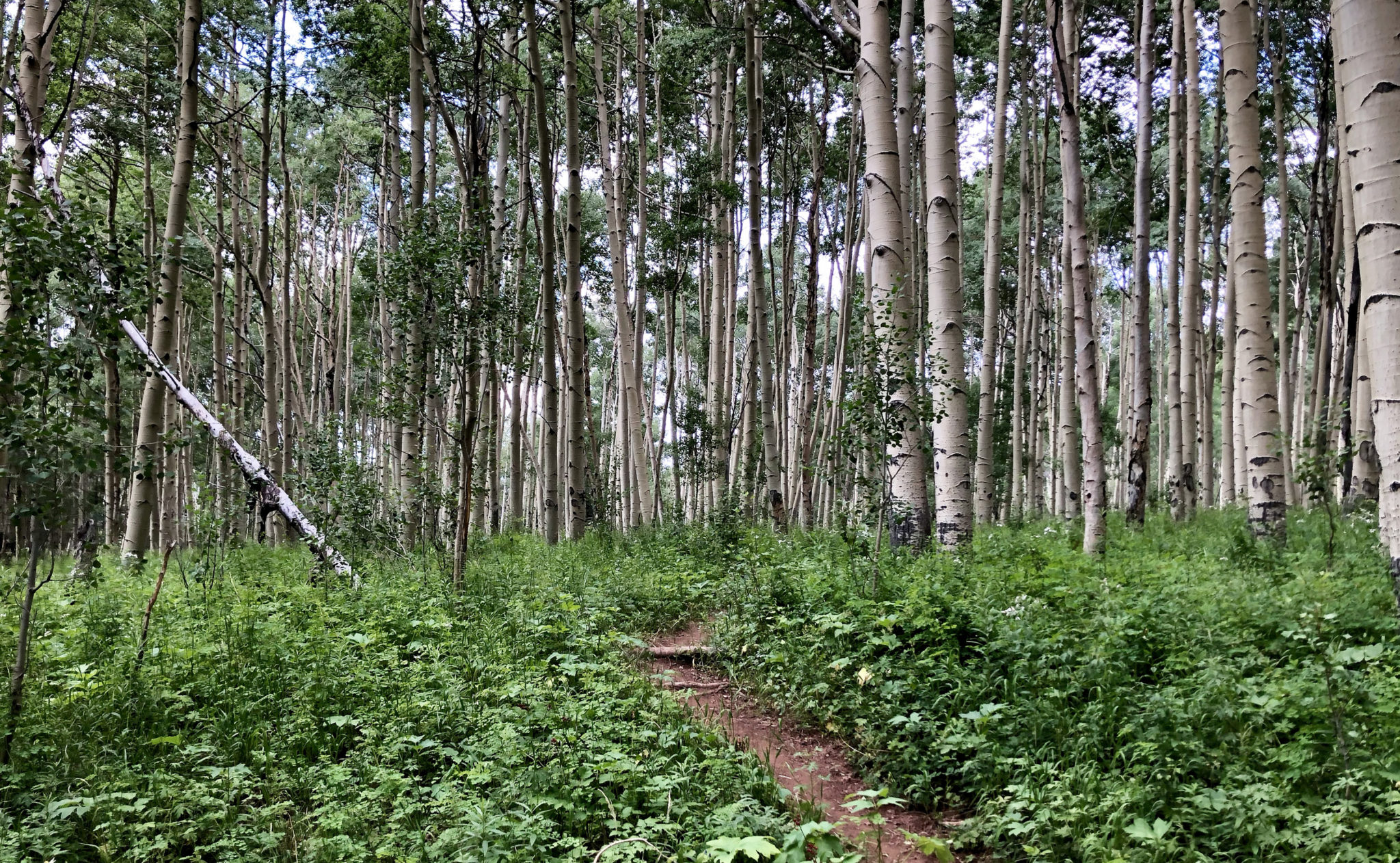
The last 14 miles of the course wind through a lot of aspen forests and open meadows.
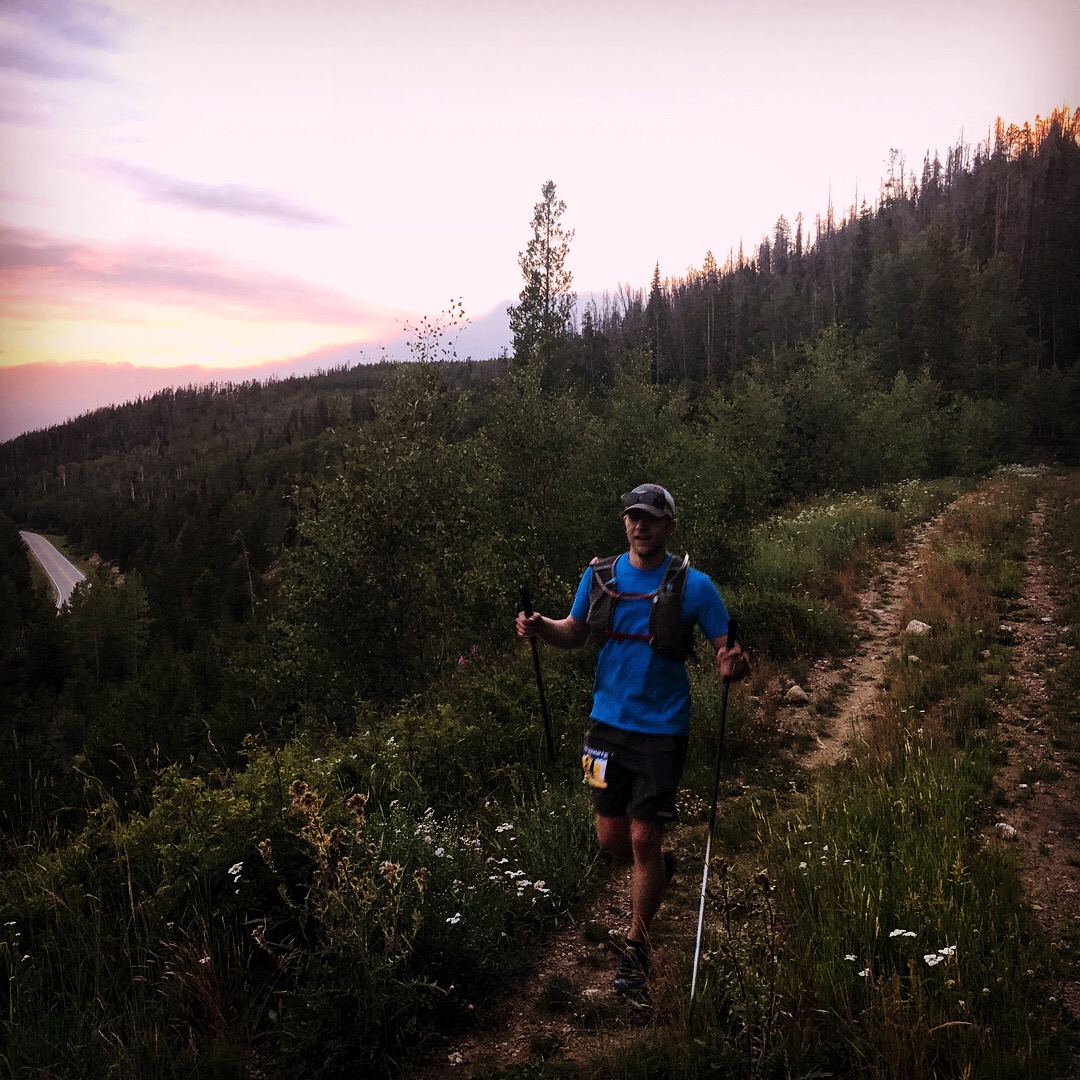
The final descent down to Ranger Lakes aid (mile 62) at sunset. Photo by Zambo.
Zambo made sure I downed some Coke and took a handful of M&M’s at the Ranger Lakes aid, at which point we had 2 miles left to the finish and about 20 minutes of daylight left. The energy was fun and the desire to be finished was high. We were able to put together a pair of 10-minute miles to just beat the setting sun, crossing the finish line at 15:11:53. Find the full results here.
A virtual rundown of the entire day based off my GPX track:
After enjoying a burger and beer together and mingling with other runners, Zambo headed back down the hill and I crawled into the back of my car next to the finish line and hit the sack. All night I drifted in and out of sleep as runners continued to trickle in and the volunteers/spectators continued to cheer them across the finish. It was a cool show of community and my first taste of what the finish line of a longer ultra feels like. I still can’t imagine what running through an entire night after running all day feels like, but maybe someday I will. Maybe.
To all the volunteers and organizers of this epic event, well done and thank you. And Zambo, thanks for helping me finish this thing man. I really appreciate it and am super glad you had a good time 🙂
And with that I’m finished running for awhile. I’m not sure what next year has in store as far as races go. I’ve got some ideas, but we’ll see.
Thanks for reading…

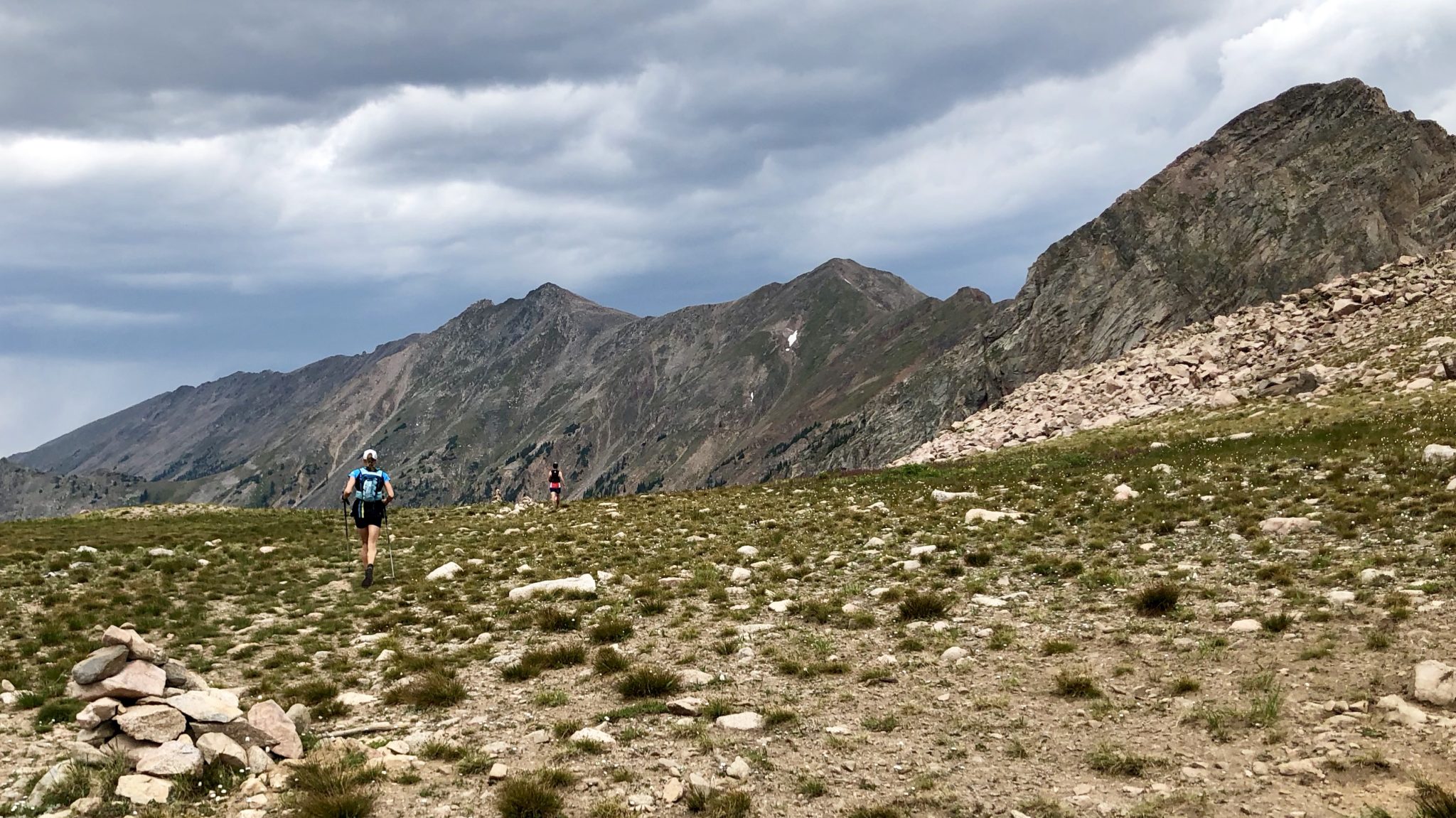
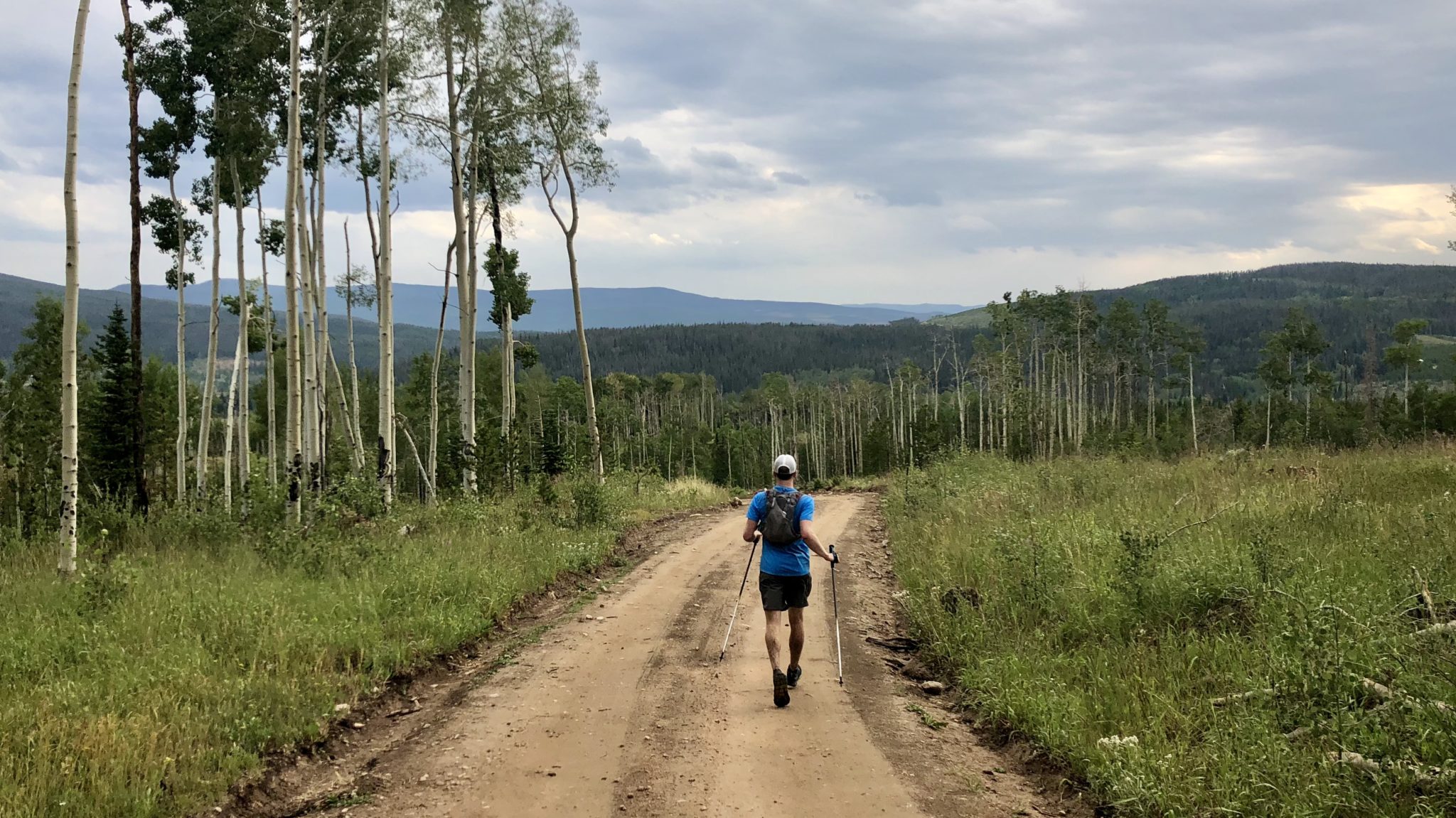
Fantastic, Ben! Great descriptions and what a cool race course! Congrats bud
Thanks Brando. The courses are what keep me coming back to do more of these races 🙂
Nice going on a tough course, Ben. This is one that I’m considering some year
Appreciate it John! Nice work yourself on the High Lonesome. I’m definitely considering that one for next year…
Great write up! I’m taking on the race in a few days and this is perfect. Way to crush!
Nice Sean, have fun and good luck!